 Are you paying Windstream for 6Mbps DSL service and getting half that speed or less? Stop the Cap! doesn’t think it is fair to charge full price for half or less the speed you paid good money to receive. If Windstream shrugs its shoulders when you complain and tells you there is nothing they can do to improve your speed, it’s time to take 10 minutes to file a complaint with the Federal Communications Commission. That 10 minute investment may get you $120 in relief.
Are you paying Windstream for 6Mbps DSL service and getting half that speed or less? Stop the Cap! doesn’t think it is fair to charge full price for half or less the speed you paid good money to receive. If Windstream shrugs its shoulders when you complain and tells you there is nothing they can do to improve your speed, it’s time to take 10 minutes to file a complaint with the Federal Communications Commission. That 10 minute investment may get you $120 in relief.
Complaints sent to the FCC are forwarded to Windstream’s executive relations team of customer service representatives, who have tried to placate customers with a monthly $10 discount off poor-performing DSL. Although your complaint will not get Windstream to pry open its safe and make immediate investments to correct your situation, it will keep the phone company’s fingers out of your wallet, collecting money it doesn’t deserve for a level of service it refuses to provide.
Windstream blames the Internet slowdowns on Internet traffic growth that other providers quietly manage with periodic upgrades. Windstream would not experience these congestion problems if it elected to spend some of the money it collects from customers on upgrades. As Stop the Cap! has reported before, in states like Georgia, Pennsylvania, South Carolina, New Mexico, Kentucky, Alabama, and beyond that does not seem to be happening as often as it should. Windstream appears to be waiting for a ratepayer bailout from Connect America Funds to pay for service upgrades it should be doing with its own money. Until they do, you are owed a discount and here is how to apply for one:
Filing a Complaint with the FCC Regarding Your Windstream DSL Service

- Visit Windstream’s Speed Test website, select the server nearest you, and perform several speed tests, preferably over the course of a few days. Windows users can hit the F10 key on their keyboard to capture a screen image, use the paste command in any picture editor, and then crop and save the result as an image file. Paint.net is a good freeware program to use for this purpose. Mac users can follow these instructions. If this is too complicated, you can print a copy of the web page within your web browser.
- Visit the FCC’s Consumer Help Center – Internet Complaint Form and complete the form online. You can upload and attach file(s) showing your speed test results at the bottom of the complaint form. Choose “speed” as your complaint category and let the FCC know you are paying x dollars for x Mbps DSL service from Windstream you are not getting. If you have previously complained about the speed and performance of your connection to Windstream directly, let the FCC know that as well, in addition to any response you received. The more details about your bad experience(s), the better. You can also suggest that as long as the problem continues, you want a discount for the poor performance of your Internet connection.
- If you wish to mail or fax your complaint, download this complaint form and attach any printouts showing speed test results.
It will likely take at least 4-6 weeks for a response to reach you from the FCC, usually also containing a written response from Windstream. Some customers scheduled for significant upgrades this year may not get the same credit others not scheduled may receive. There are no guarantees Windstream will offer you any specific discount or credit for your service, especially if the problem can be corrected right away. But you won’t get a thing if you don’t ask.


 Subscribe
Subscribe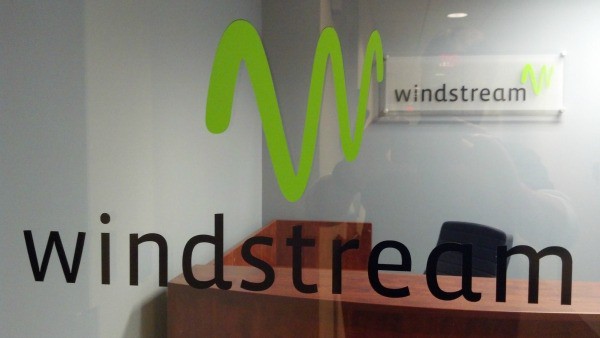
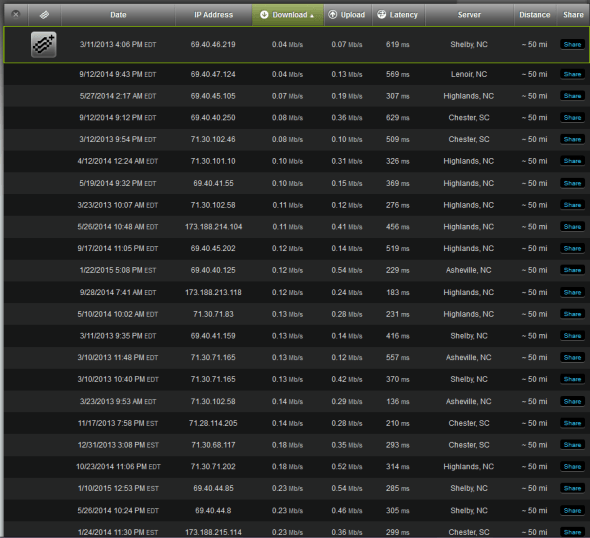
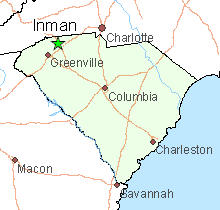
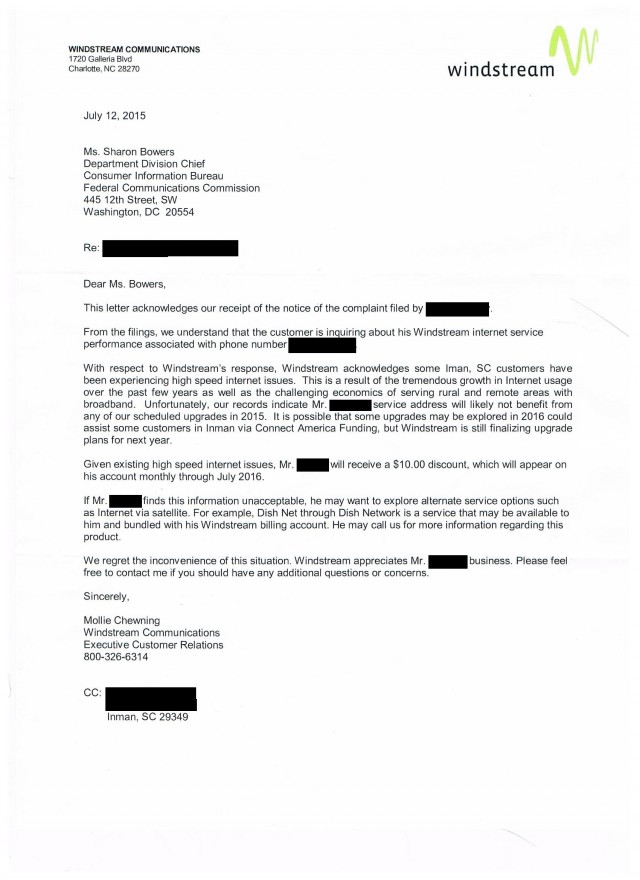
 WASHINGTON/DURANT, Okla. (Reuters) – U.S. President Barack Obama announced a pilot project on Wednesday aimed at expanding broadband access for people who live in public housing, part of an effort to close what Obama called the “digital divide” between rich and poor.
WASHINGTON/DURANT, Okla. (Reuters) – U.S. President Barack Obama announced a pilot project on Wednesday aimed at expanding broadband access for people who live in public housing, part of an effort to close what Obama called the “digital divide” between rich and poor. “While high-speed Internet access is given for millions of Americans, it’s out of reach for far too many,” Obama said at Durant High School to a crowd that included many children in traditional tribal garb.
“While high-speed Internet access is given for millions of Americans, it’s out of reach for far too many,” Obama said at Durant High School to a crowd that included many children in traditional tribal garb. In select markets, Sprint will offer free wireless broadband access to families with kids in public housing. In Seattle, CenturyLink Inc will provide broadband service for public housing residents for $9.95 a month for the first year.
In select markets, Sprint will offer free wireless broadband access to families with kids in public housing. In Seattle, CenturyLink Inc will provide broadband service for public housing residents for $9.95 a month for the first year.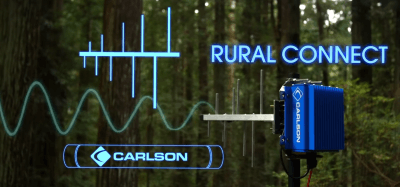 One of the few “white space” wireless broadband projects deployed in the United States to deliver broadband to rural residents has
One of the few “white space” wireless broadband projects deployed in the United States to deliver broadband to rural residents has  Despite the delays, there are estimates another 40-50 households will be able to get the service by the end of summer.
Despite the delays, there are estimates another 40-50 households will be able to get the service by the end of summer.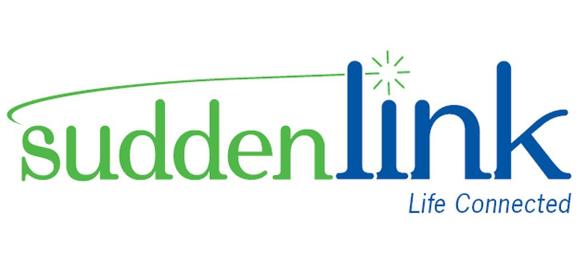 Suddenlink’s Operating GigaSpeed has reached parts of Texas, Missouri and North Carolina — the first areas to get 1,000/50Mbps service from the cable company. But customers are not happy to learn it is accompanied by a 550GB usage cap.
Suddenlink’s Operating GigaSpeed has reached parts of Texas, Missouri and North Carolina — the first areas to get 1,000/50Mbps service from the cable company. But customers are not happy to learn it is accompanied by a 550GB usage cap.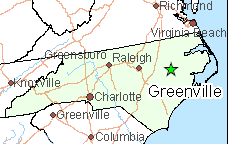 “Here in Greenville they are charging $110 a month for the service, $5 for a cable modem or $10 for a Wi-Fi router, and a $35 mandatory technician visit fee which sounded reasonable until they mentioned there was a 550GB data allowance on the service,” said Stop the Cap! reader J.J. Wallace. “That killed it for me. That is nothing short of outrageous to charge that kind of money and place a ridiculously low cap on it. It’s funny
“Here in Greenville they are charging $110 a month for the service, $5 for a cable modem or $10 for a Wi-Fi router, and a $35 mandatory technician visit fee which sounded reasonable until they mentioned there was a 550GB data allowance on the service,” said Stop the Cap! reader J.J. Wallace. “That killed it for me. That is nothing short of outrageous to charge that kind of money and place a ridiculously low cap on it. It’s funny 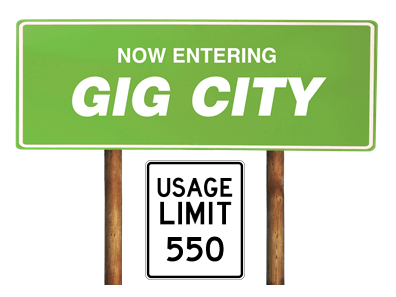 “If you impress on them they are charging too much, they will often find a promotion for you, but so far I’ve had no luck getting them to waive the caps unless you switch to business service,” said Wallace. “They always act like you are the first person to complain about usage caps, but if you read their social media pages, there are many others very upset to find they’ve lost unlimited use service after Suddenlink introduced speed upgrades. Most of my friends would rather have unlimited than faster service you can’t use.”
“If you impress on them they are charging too much, they will often find a promotion for you, but so far I’ve had no luck getting them to waive the caps unless you switch to business service,” said Wallace. “They always act like you are the first person to complain about usage caps, but if you read their social media pages, there are many others very upset to find they’ve lost unlimited use service after Suddenlink introduced speed upgrades. Most of my friends would rather have unlimited than faster service you can’t use.”